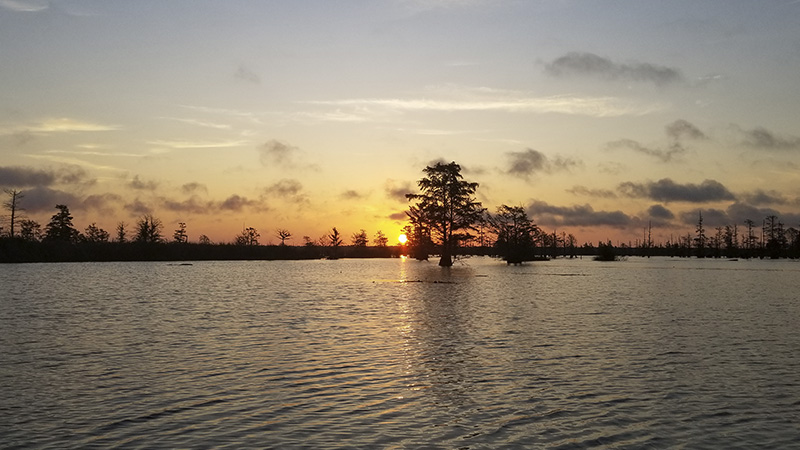A Brief History of the Santee Cooper Lakes

How lakes Marion and Moultrie were formed
The history of the Santee Cooper Lakes is closely tied to the development of hydroelectric power, flood control, and water resources management in South Carolina,. The Santee Cooper Lakes refer to two large reservoirs, Lake Marion (often referred to as the Upper Lake) and Lake Moultrie (often referred to as the Lower Lake), created as a result of the Santee Cooper Project, one of the most significant public works projects in the state’s history.
Early 20th Century: In the early 20th century, the Santee River Basin in South Carolina faced recurring issues of flooding, with particularly devastating floods taking place in 1928 and 1936. Additionally, the region lacked consistent and reliable sources of electricity, limiting economic development.
Santee Cooper Project: To address these challenges, the South Carolina Public Service Authority, also known as Santee Cooper, was created in 1934. One of its primary objectives was to construct hydroelectric dams that would generate electricity and provide flood control. The project aimed to harness the power of the Santee River system and transform the region’s energy landscape.
Dam Construction: In 1939, work began on building two dams on the Cooper River, which would eventually create Lake Marion and Lake Moultrie. Lake Marion, the larger of the two, was formed by the construction of the Santee Dam, while Lake Moultrie was created by the Pinopolis Dam. These reservoirs covered vast areas of land, necessitating the relocation of communities and roads.
Impact and Benefits: The completion of the Santee Cooper Project had profound impacts. The reservoirs helped control flooding along the Santee and Cooper Rivers, protecting surrounding communities from the devastating effects of high waters. Furthermore, the hydroelectric plants generated much-needed electricity for the region, supporting industrial growth and improving the quality of life for residents.
Recreation and Ecology: Over the years, the Santee Cooper Lakes became popular recreational destinations for boating, fishing, birdwatching, and other outdoor activities. The reservoirs also created new aquatic habitats and contributed to the overall ecological diversity of the region.
Environmental Considerations: While the Santee Cooper Project brought about significant benefits, it also had ecological and environmental consequences, including altering natural water flow patterns and affecting aquatic habitats. Over time, efforts have been made to balance the ecological needs of the lakes with their functions for flood control and power generation.
The history of the Santee Cooper Lakes reflects the complex interplay between human engineering, environmental considerations, and the quest for energy and water resources. The reservoirs stand as enduring symbols of South Carolina’s efforts to manage its natural resources for the betterment of its communities and future generations.